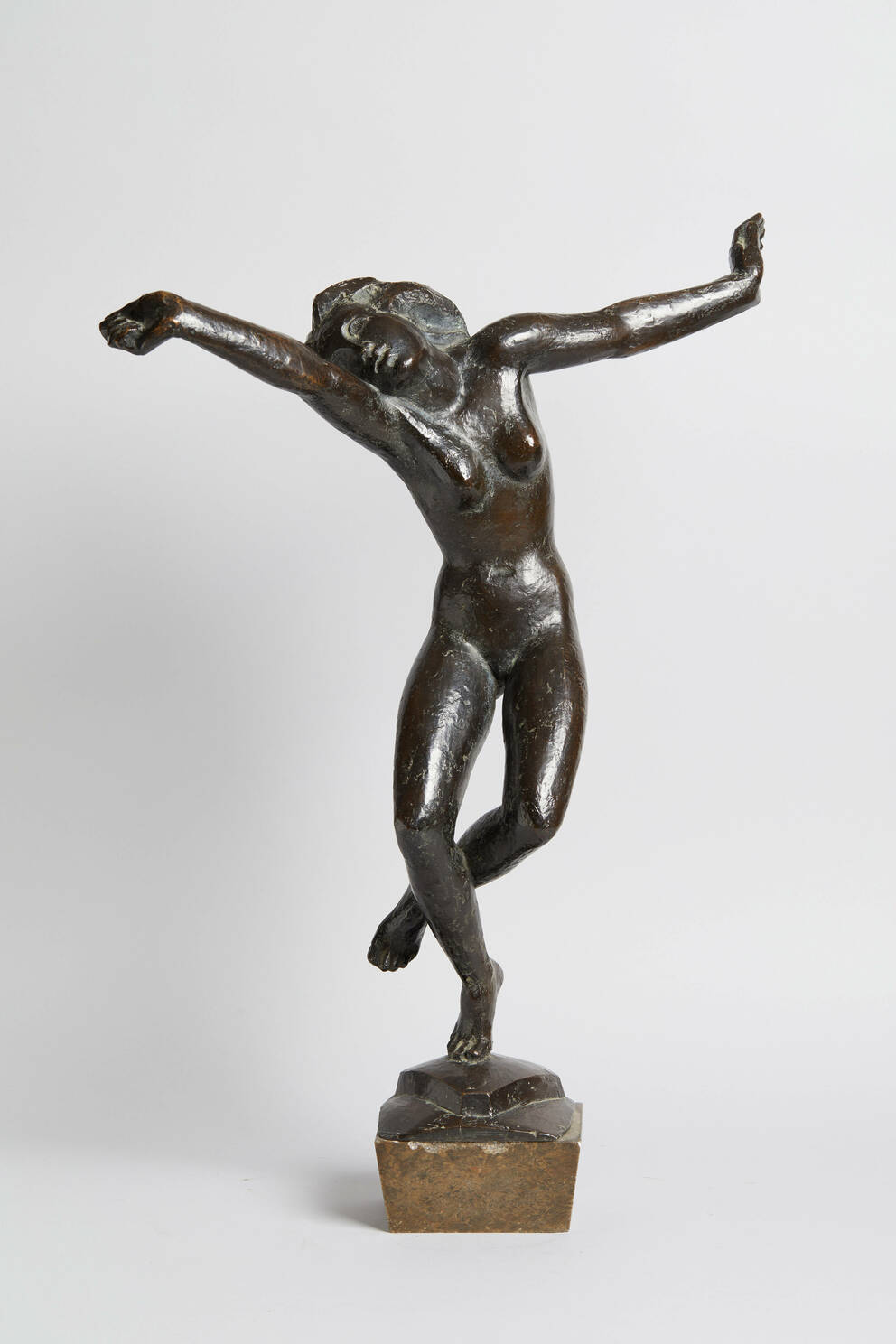
Leopold Museum,
Vienna
Vienna


Female Dancer
c. 1925
(Waldheim 1877–1947 Berlin)
If you have further information on this object, please contact us.
For provenance related information, please contact us.
2023/2024 Partial funding for digitization by the Federal Ministry for Arts, Culture, the Civil Service and Sport „Kulturerbe digital“ as part of NextGenerationEU.

